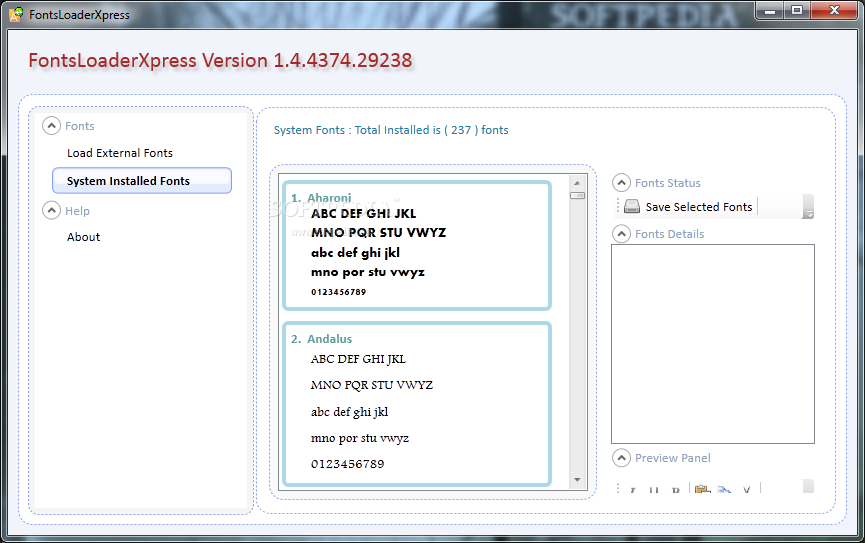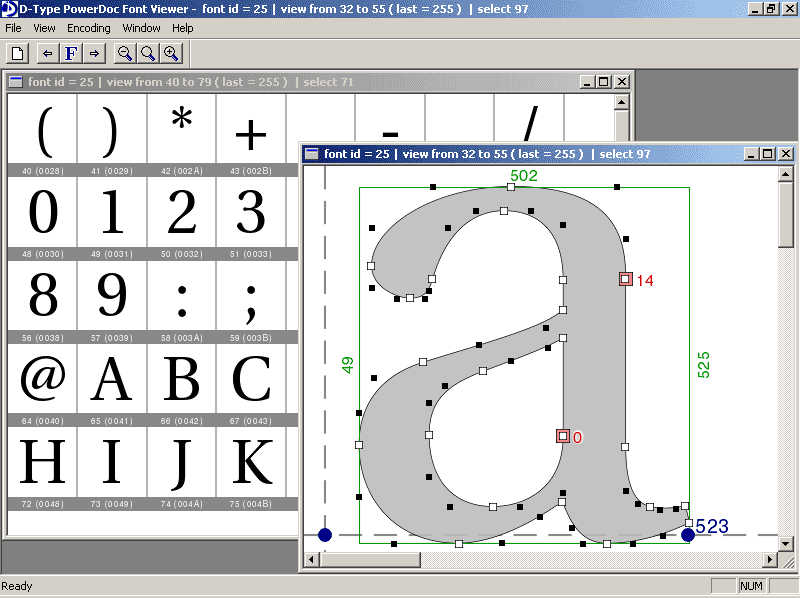

In the Fontforge documentation they are ready for your idea: quote "Let us assume you already have a bitmap image of the glyph you are working on. In Fontforge you have layers and you can place your bitmaps (drafts or whatever they are) underneath your working surface to guide your vector-making. (You might also be surprised how much work it is to get one font designed and to tune-up all the spacings and to figure out all the meta-information.) Commercial font editors are rather costly and your question sounds as if you want to try this out with one font for starters.

It is good that you already have some shapes - even as bitmaps. Not the highest quality, but easy to use. Fill the form, feed it into Scanahand and your font is soon ready. It accepts 200 pix wide and 180 pix high glyphs (practically only half of this space is usable). Nothing prevents you to put your bitmap glyphs onto the handwriting form in Photoshop (or equivalent) instead of scanning.

Without it is extremely impractical to try to manage the font information which is much more than the glyphs.ĪDDENDUM: To start easily, get Scanahand. you can reuse same shape relatively easy in different places in differant glyphs Illustrator is good for editing and combining already existing graphic material - for ex. In Illustrator you can convert your existing bitmaps to vectors, fix them, and copy to a font editor. If you can do that fixing, you as well can draw the shapes in the vector domain from the very beginning.
#Fontforge auto import bmp manual
Thin lines and sharp corners suffer often badly and need some heavy manual fixing. Actually the accuracy is 100%, but in bitmap there simply does not exists all the information on what you have thought. PNGs are convertible to vector drawings, but the accuracy is often poor.The bitmap fonts still exist, but they have fixed sizes, an attempt to scale makes them messy. PNGs are bitmaps, but the fonts are generally vector shapes.Stop and start proper vector drawing (Illustrator, Inkscape etc.)


 0 kommentar(er)
0 kommentar(er)
